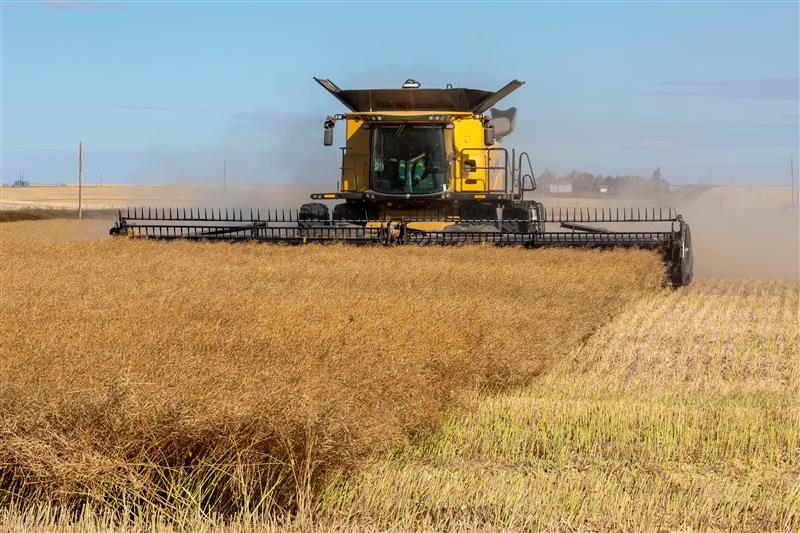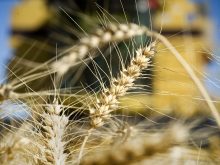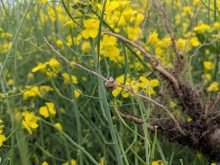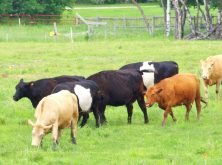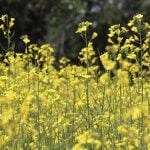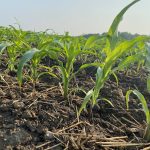A new pilot project in the Regina area is informing farmers about the impact they can have on others’ health when they burn field stubble.
Barry Rapp, a Regina extension agrologist, said he has been concerned about stubble burning from a soil conservation perspective for years. He said he is now realizing the health risks involved.
Smoke can cause serious problems for people with allergies, asthma, or heart disease. The risks are especially high at night, when smoke tends to stay low and drift rather than dissipate into the atmosphere.
Read Also
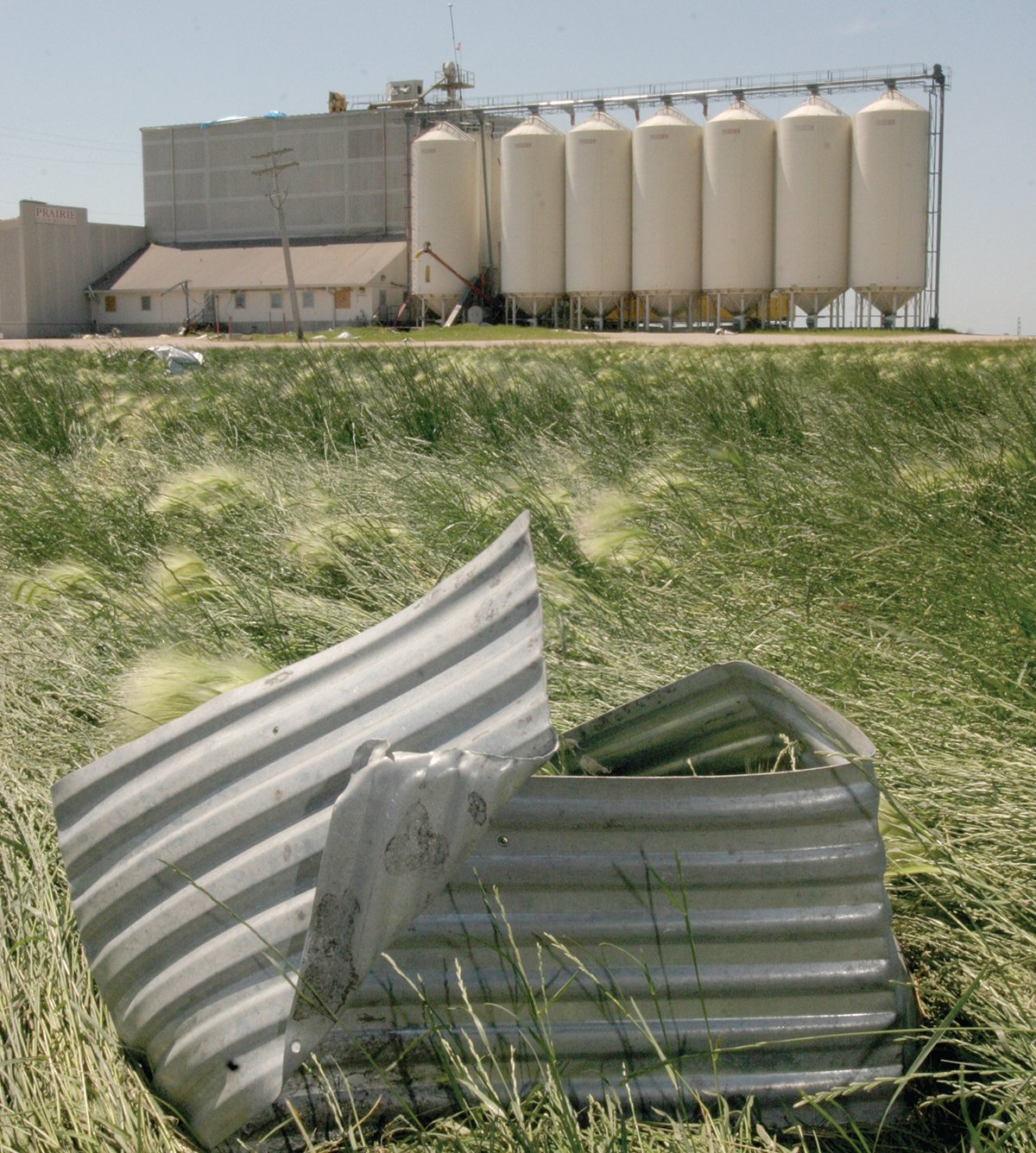
Tornadoes are an extreme whirlwind
Tornadoes form when horizontal spinning air in the storm updraft is tilted vertically by a strong updraft.
Rapp is part of a group trying to make farmers aware of the risks of stubble burning. The joint effort between the Regina Health District and Saskatchewan’s agriculture, health and environment departments will educate, rather than enforce regulations.
“In the past, the health aspect wasn’t something I really thought of,” Rapp said.
“I concentrated on the idea that burning causes a greater risk of soil erosion and soil nutrients can be lost.
“Hearing about the health risks made us look closer to see if there are better alternatives to deal with crop residue.”
Farmers around Regina who are planning to burn can call a toll-free number to receive information on wind direction and speed for that day and the next two days. It’s hoped this information can help farmers pick a day to burn when smoke will be less irritating to others.
“It’s not unreasonable to say that smoke could drift for miles, and that could cause problems for anyone in the area,” Rapp said. “It can also cause visibility problems on roads.”
The program is voluntary, although the information is similar to regulations that are enforced in Manitoba. Farmers in that province must follow strict rules when burning, including time restrictions.
There are no stubble-burning regulations in Saskatchewan, although farmers are responsible for any fires they set.
The Regina program will run until mid-November and will then be evaluated to see if it should become a province-wide effort next year.
Rapp said he thinks most farmers burn stubble because they feel there is no viable alternative. Part of the project will also focus on giving them options.
Rapp suggests that farmers invest in a straw chopper and chaff spreader to remove stubble.
“It won’t be an immediate solution obviously, because equipment costs money and not a lot of people have money to spare,” he said.
“However, if we can get the message out, it can become a long-term solution.”
Flax straw is commonly burned because the fibres take a long time to break down and can cause problems during seeding if they remain in the field.
Rapp said even flax can be chopped and spread, but top-of-the-line equipment is usually needed.
He said burning will probably remain the most popular disposal method until alternative uses for flax straw emerge.
Farmers in the Regina area can receive burning information by calling 1-877-750-6061. There is no charge for the call.

